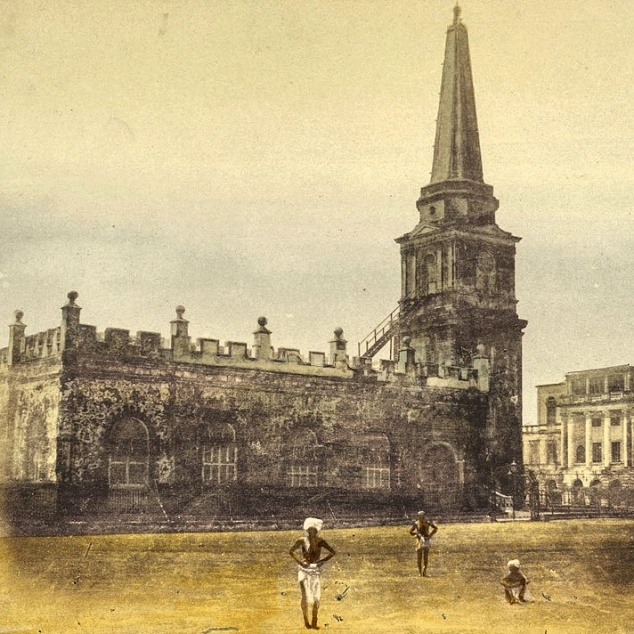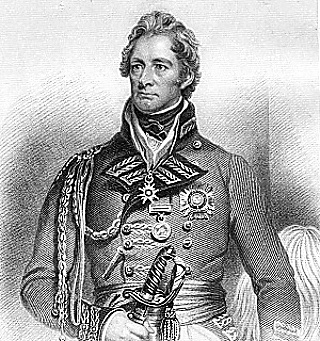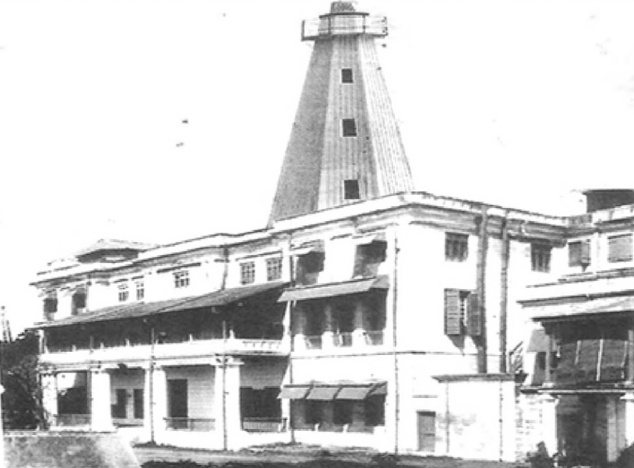The St. George fort is not just the seat of power in Tamilnadu. It is a historian’s paradise and the british era had it’s proper beginning here.
St. Mary’s church within the Fort St. George is the first church built by the Anglicans east of suez and the oldest british building in Madras. The excavation work for the church began on March 25, 1678 Lady’s day by Governor Stryensham master. Since the work commenced on annunciation day of the blessed virgin, the church was named St. Mary’s in her honour.
The St. mary’s church is located in a shaded corner in the south east part of the fort. The Building is a solid construction designed by Master Gunner and Bastion designer William Dixon to withstand sieges, cyclones and the ravages of time. The original building was a rectangular box, 60 feet by 90 feet with outer walls four feet thick and a bomb-proofed curve roof, two feet thick. The sanctuary, steeple, tower and vestry were later additions to the brick building that Dixon built. It’s carved teakwood balustrade dates to 1680. The tower detached from the church was built in 1701 and the steeple in 1710. The obelisk shaped spire was added in 1795 after the proposal to make it a lighthouse was turned down. Above the large open windows are lovely stained glass arches that filter a multi-coloured glow in to the church when the windows are closed.
Churches hold much more than biblical stories and legends. They have been the cornerstone in many a historical events. For more interesting stories keep watching this space.
Photo: Frederick Fiebig in c.1851 | BL
Source: Madras Rediscovered | S. Muthiah.






